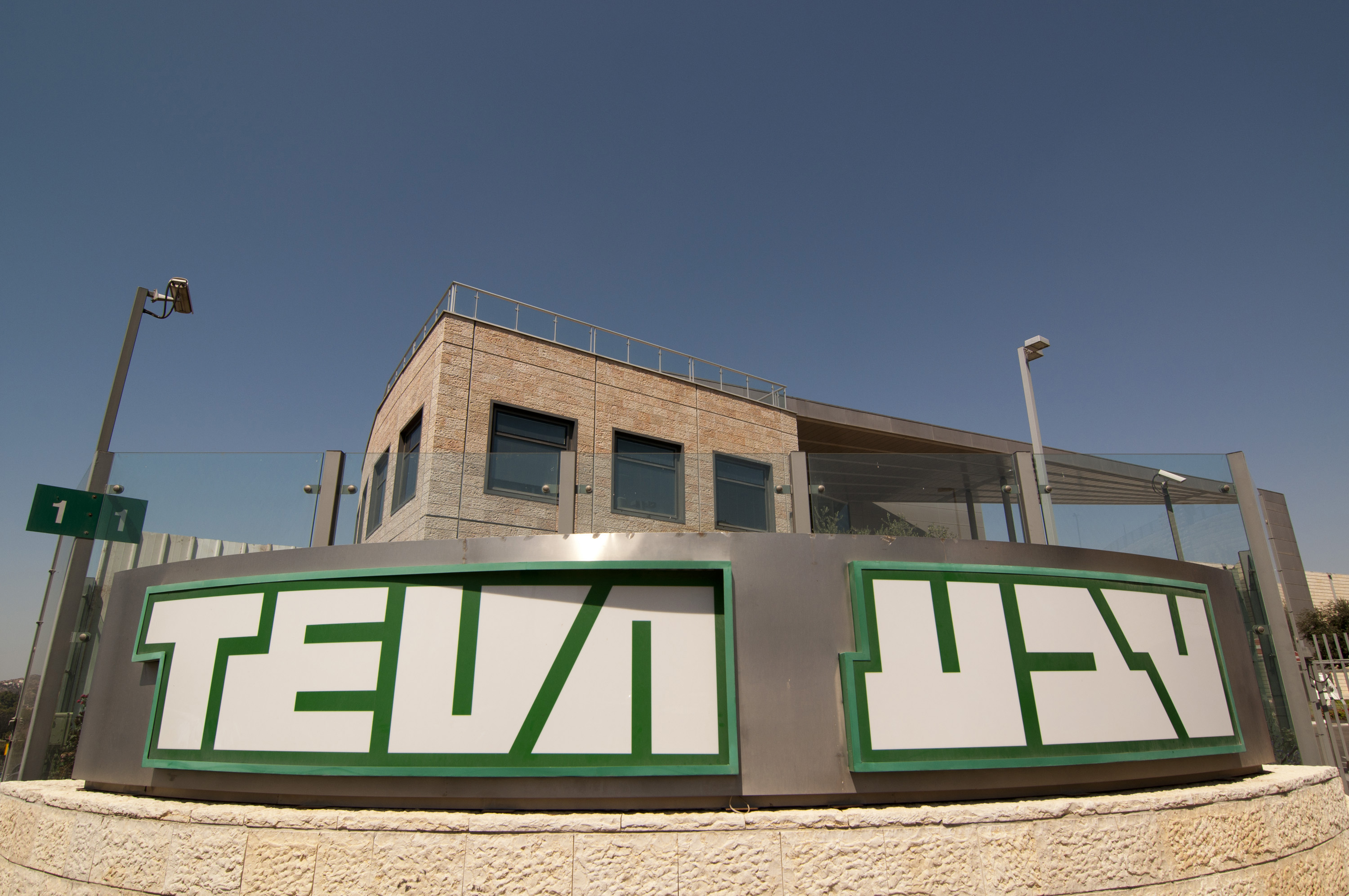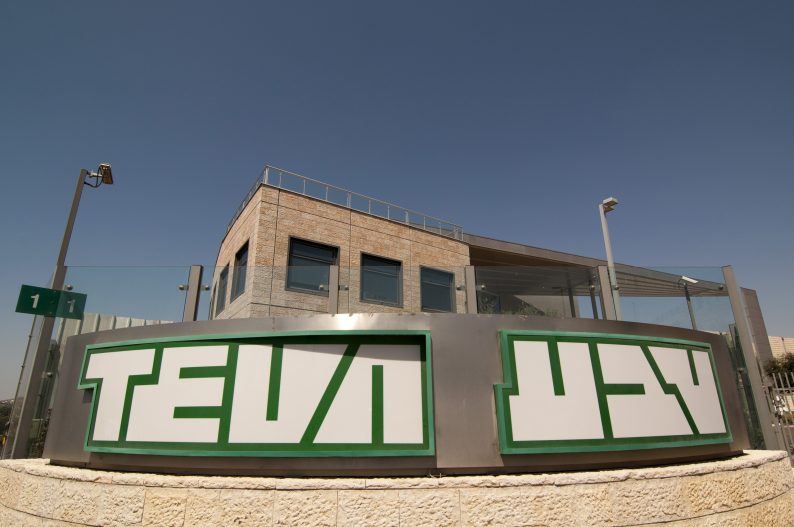Teva (TEVA) reported Q3 revenue of $5.61 billion and eps of $1.00. The company missed on revenue by $10 million and missed on eps by $0.04. The stock sold off nearly 20%. Below are the reasons I think the stock sold off.
Weak Guidance
Managing Wall Street’s expectations is highly-important for a publicly-traded company. Analysts hate negative surprises. Teva surprised many analysts with negative guidance for Q4 and full-year 2017. The company guided that Q4 revenue could be $5.3 – $5.4 billion. The mid-point of that guidance ($5.35 billion) implies Q4 revenue could be off nearly 5% sequentially. Q3 actual revenue was up 1% Y/Yand down 1% Q/Q. Management gave full year revenue guidance of $22.2 – $22.3 billion. The mid-point of the range is down over 3% versus the previous guidance.

Heading into the quarter the loss of exclusivity for Copaxone was well known. The next step was to determine how much Mylan (MYL) would discount prices by, if Teva would match those prices and how much share Teva would lose. The guidance does reflect an earlier than expected launch of generic Copaxone. However, it also reflects delays in generic launches and price erosion in the Generics segment:
In addition, we have lower than expected contribution from new generic launches in the U.S. We now project approximately $400 million of revenues from new product launches this year, compared to a previous projection of $500 million.
In addition, we have increased price erosion and volume declines in our U.S. Generic business, including increased competition to our largest product, the Concerta authorized generic.
In my opinion, when certain products are launched could be a timing issue. Generics is Teva’s bread and butter and it will continue to generate a stream of income from new products. It loss of pricing power could be a headwind for a while, however. As the company’s main customers, drug stores, for instance, get bigger and consolidate out-sized buying power they can use that power to negotiate better prices. The U.S., which represents over 35% of the Generics segment, experienced 10% price erosion and it might not abate any time soon.









Leave A Comment